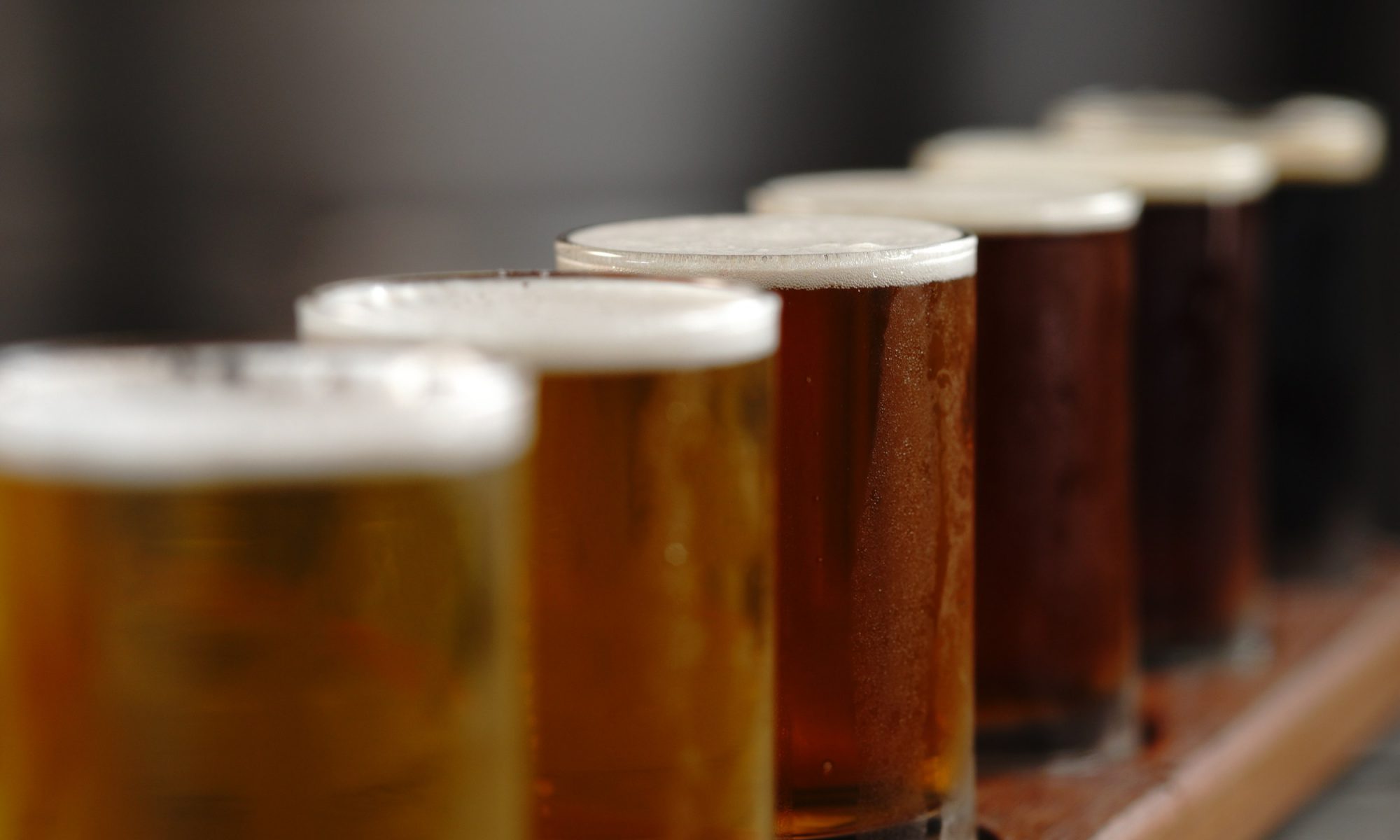Rules are simple. 100% malt extract (either from tins or dried malt extract), no specialty malt or partial mash, any hops and any yeast.
Manchester Homebrew Group @mancshomebrew
We started with an extract kit – Simply’s Pale Ale. The kit was cheap and we’d bought it primarily for experimentation. Three kits but only one experiment (five way split with different yeast and carbonation) so two left. Both out of date but nothing else to do with them. Pen didn’t actually like the base beer much so we didn’t much fancy making more beers with them. However, the five way split seems to be improving 18 months later.
It’s not an idea candidate but it’s free and needs using up. We’ve planned to do an American Pale Ale (APA), which fits in nicely with the HBG’s plans:
Any American Pales Ales will help with the introduction to beer judging during the same March meetup.
Manchester Homebrew Group @mancshomebrew
The original kit had a OG of 1.040 for 23L, which includes 1.8kg of extract and 1kg of dextrose. Some maths later and we’ve got about 570 gravity units. Pen doesn’t want a lot more beer (if for no other reason than we’re short on bottles and cellar space) so we’ve opted to make 10L with just the extract giving an OG of 1.057.
Going to use Mangrove Jack M44 West Coast Ale yeast, which should give an FG of 1.011 and an ABV of about 6.2%. We reckon that the bitterness provided by the kit should give the right BUGU ratio. Hopefully the flavours Pen didn’t like from the original were down to the dextrose, not the extract, but we’ll have to see.
The plan is to dry hop the beer shortly after fermentation, leave it for a week and then carbonate in a corny keg (with more hops?). It’ll be the first time Mike’s been able to use his priming sugar calculator that takes into the account head space. 10L of beer in an 19L keg. However, it might add another 0.6% ABV, giving about 6.8%. In the meantime we’ll have to figure out how to bottle from keg.
